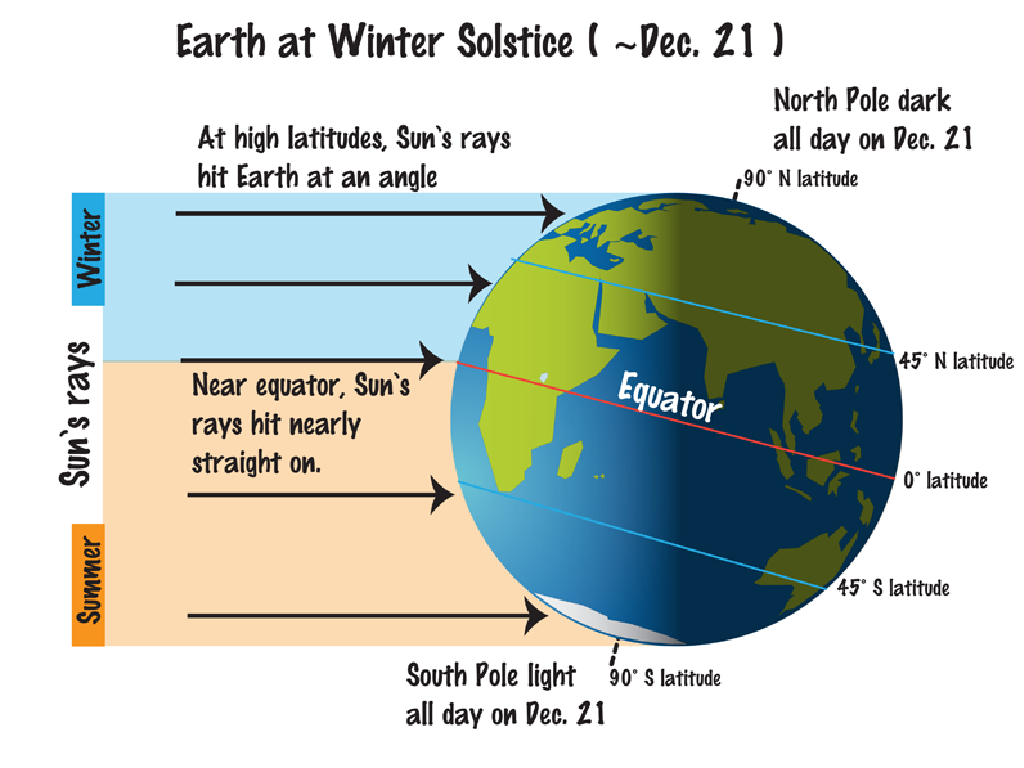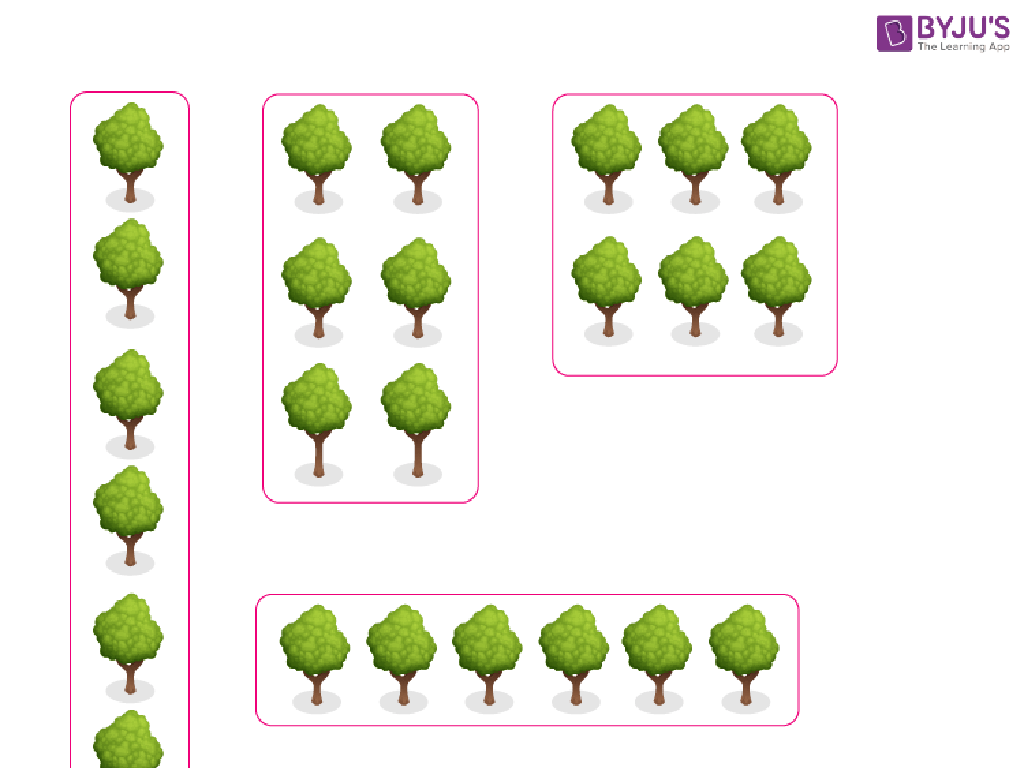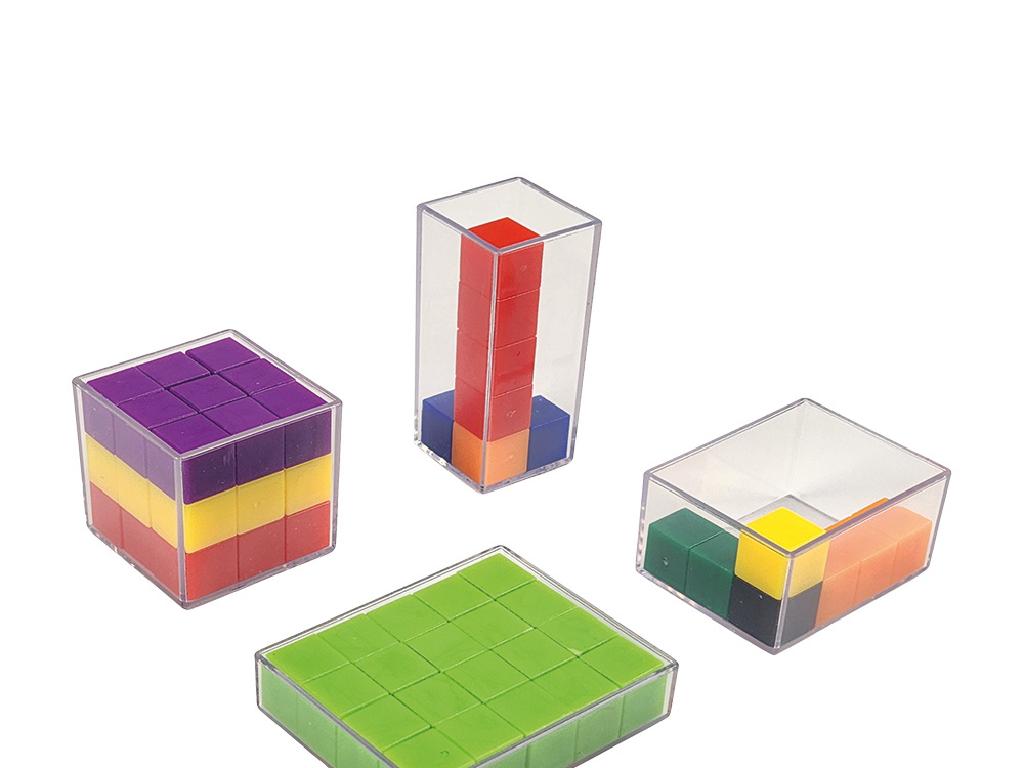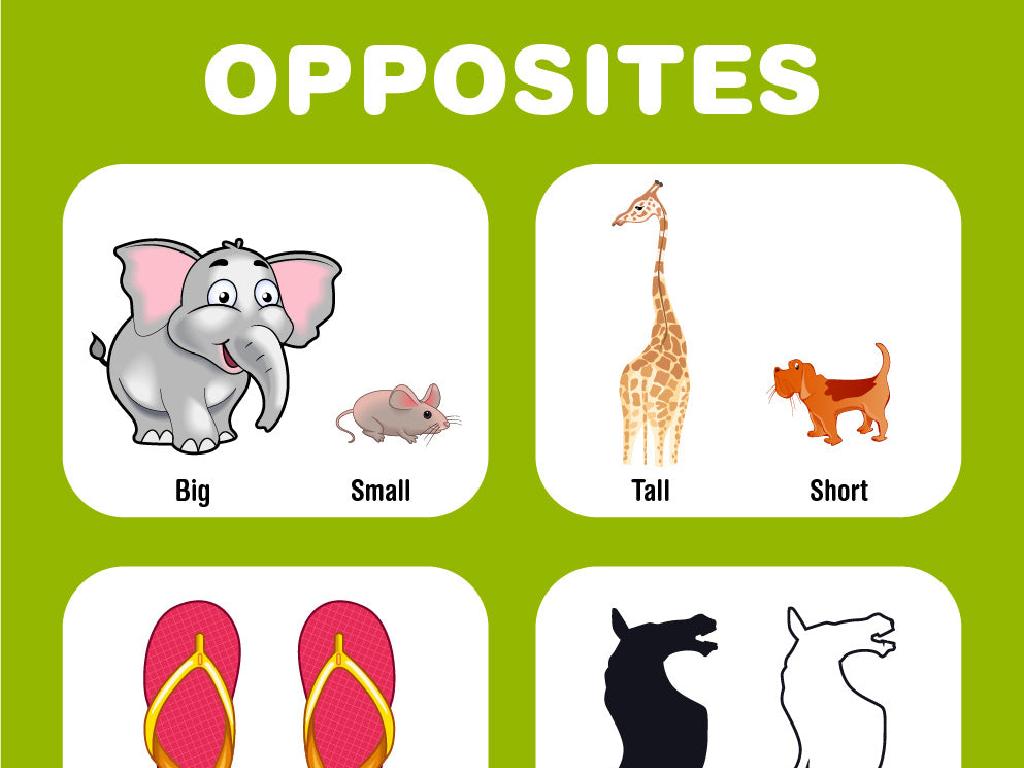Complete A Table For A Two-Variable Relationship
Subject: Math
Grade: Seventh grade
Topic: Two-Variable Equations
Please LOG IN to download the presentation. Access is available to registered users only.
View More Content
Exploring Two-Variable Relationships
– Understanding variables in equations
– Variables represent numbers in equations, like x and y
– Defining two-variable equations
– Equations with two variables, e.g., y = 2x + 3
– Real-life two-variable examples
– Examples: Temperature over time, savings over months
– Completing a two-variable table
– Fill in missing values using the equation
|
This slide introduces students to the concept of two-variable equations, which are fundamental in algebra. Start by explaining what variables are and how they are used to represent unknown values in equations. Then, define two-variable equations and provide the basic form, such as y = mx + b. Use relatable examples like tracking temperature changes over time or savings growth over several months to illustrate how these relationships can be represented graphically and in tables. Finally, demonstrate how to complete a table for a two-variable relationship by calculating missing values using the equation. Encourage students to think of other real-life examples and how they might be represented with two-variable equations.
Exploring Relationships in Two-Variable Equations
– Relationship of variables in equations
– Variables can be directly or inversely proportional
– Independent vs. dependent variables
– Independent variable: x-axis, Dependent: y-axis
– Graphing on the coordinate plane
– Plot points to visualize relationships
– Activity: Create a variables table
|
This slide introduces students to the concept of how variables interact within equations, specifically focusing on the relationship between independent and dependent variables. Students should understand that the independent variable is the one that we change or control, and the dependent variable is the one that changes in response. When graphing these relationships on a coordinate plane, the independent variable is typically on the x-axis, while the dependent variable is on the y-axis. The class activity will involve students completing a table with two variables and then graphing the relationship on a coordinate plane. This will help them visualize how changing one variable affects the other. For the activity, provide different equations to different groups, such as y=2x, y=x+3, y=5, and ask them to complete a table of values and graph the relationship.
Creating a Table from a Two-Variable Equation
– Select values for the independent variable
– Choose numbers to substitute into the equation
– Calculate values for the dependent variable
– Use the equation to find the dependent variable
– Fill in the table with variable pairs
– Organize the (independent, dependent) pairs in a table
– Understand the variable relationship
– See how changing one variable affects the other
|
This slide is aimed at teaching students how to create a table from a two-variable equation. Start by explaining the concept of independent and dependent variables. Guide students to select appropriate values for the independent variable and use the equation to calculate the corresponding dependent variable values. Emphasize the importance of organizing these pairs in a table format to clearly see the relationship between the two variables. Encourage students to observe patterns in the table and understand how changes in one variable influence the other. This will help them grasp the concept of variable relationships within equations.
Completing a Table for Two-Variable Relationships
– Understand y = 2x + 3
– Choose values for x
– Pick any numbers for x, like 0, 1, 2, 3
– Calculate corresponding y values
– Use the equation to find y for each x
– Plot points on a graph
– Each (x, y) pair becomes a point on the graph
|
This slide is aimed at helping students understand how to create a table for a linear equation with two variables, using y = 2x + 3 as an example. Start by explaining the equation, where y depends on the chosen value of x. Guide students to select values for x, which can be any numbers they choose, and then use the equation to solve for y. Once they have their pairs of (x, y), they will plot these points on a coordinate graph. This visual representation helps them see the linear relationship between x and y. Encourage students to try different values of x to see how the line extends in both directions on the graph. This exercise will reinforce their understanding of linear relationships and how to represent them graphically.
Practice Problem: Two-Variable Relationships
– Choose values for x
– Pick any numbers for x, like 0, 1, 2, 3
– Calculate corresponding y values
– Use the equation y = -x + 5 to find y
– Complete the given table
– Fill in the table with your x and y pairs
– Understand the relationship
|
This slide presents a practice problem for students to apply their understanding of two-variable relationships. Students are tasked with choosing values for the variable x, then using the equation y = -x + 5 to calculate the corresponding y values. They will then complete a table with their pairs of x and y values. This exercise helps students see the inverse relationship between x and y in this equation. As x increases, y decreases. Encourage students to choose a variety of x values, including negative numbers and zero, to observe different results. This activity will reinforce their understanding of how changing one variable affects the other in a two-variable equation.
Class Activity: Exploring Two-Variable Relationships
– Pair up and create a two-variable equation
– Fill in a table based on your equation
– Use values for one variable to calculate the other
– Analyze the relationship in the table
– Look for patterns as one variable changes
– Present your findings to the class
|
This activity is designed to help students understand the concept of two-variable relationships by creating their own equations and completing a corresponding table. Students should work in pairs to foster collaboration. They will choose values for one variable and use the equation to find the corresponding value of the second variable, filling in the table with their results. Encourage them to look for patterns in how the variables relate to each other. After completing the table, each pair will share their equation, table, and the pattern they discovered with the class. This will help students learn from each other and reinforce their understanding of two-variable relationships. Possible activities include creating equations that represent real-life situations, such as calculating the total cost based on the number of items bought, or the distance traveled over time at a constant speed.
Review and Reflect: Two-Variable Relationships
– Key points on two-variable relationships
– Relationships show how one variable affects another, e.g., speed and time.
– Significance of completing tables
– Tables help visualize patterns and predict outcomes in relationships.
– Real-life application of this knowledge
– Useful in budgeting, science experiments, and more.
|
Today’s lesson focused on understanding the relationship between two variables and how one can affect the other. We learned how to complete tables to organize data, which is a crucial skill for identifying patterns and making predictions. Understanding this concept is vital as it applies to various real-life situations such as budgeting personal finances, analyzing scientific data, or even planning travel times based on speed and distance. Encourage students to think of other areas where they can apply these skills and to practice with different scenarios to become comfortable with the concept.
Homework: Two-Variable Equations Tables
– Complete the provided worksheet
– Fill in tables for each equation
– Use the equations to find values for x and y
– Understand each equation’s relationship
– See how changing one variable affects the other
– Get ready to discuss in class
|
This homework assignment is designed to reinforce students’ understanding of two-variable relationships. By completing the worksheet, students will practice filling in tables based on different two-variable equations, which will help them see the relationship between the variables. Encourage students to pay attention to how changing one variable impacts the other and to think about the meaning of the slope and y-intercept in these contexts. In the next class, we will have a discussion to share our findings, address any confusion, and deepen our understanding of how two-variable equations represent real-world situations.






